Winter is Coming. Whether you live in the North American Midwest or Game of Thrones’ Westeros, it’s an ongoing theme with often ominous implications. Although humans have developed a multitude of responses to the onset of snow, ice, and dropping temperatures, many other organisms have adapted to seasonal changes in temperate climates in their own way.
Peripheral populations of species, those populations that occur at the edge of a species’ range, can be particularly well-suited to face the challenges (the figurative white walkers, if you will) of harsher environments.
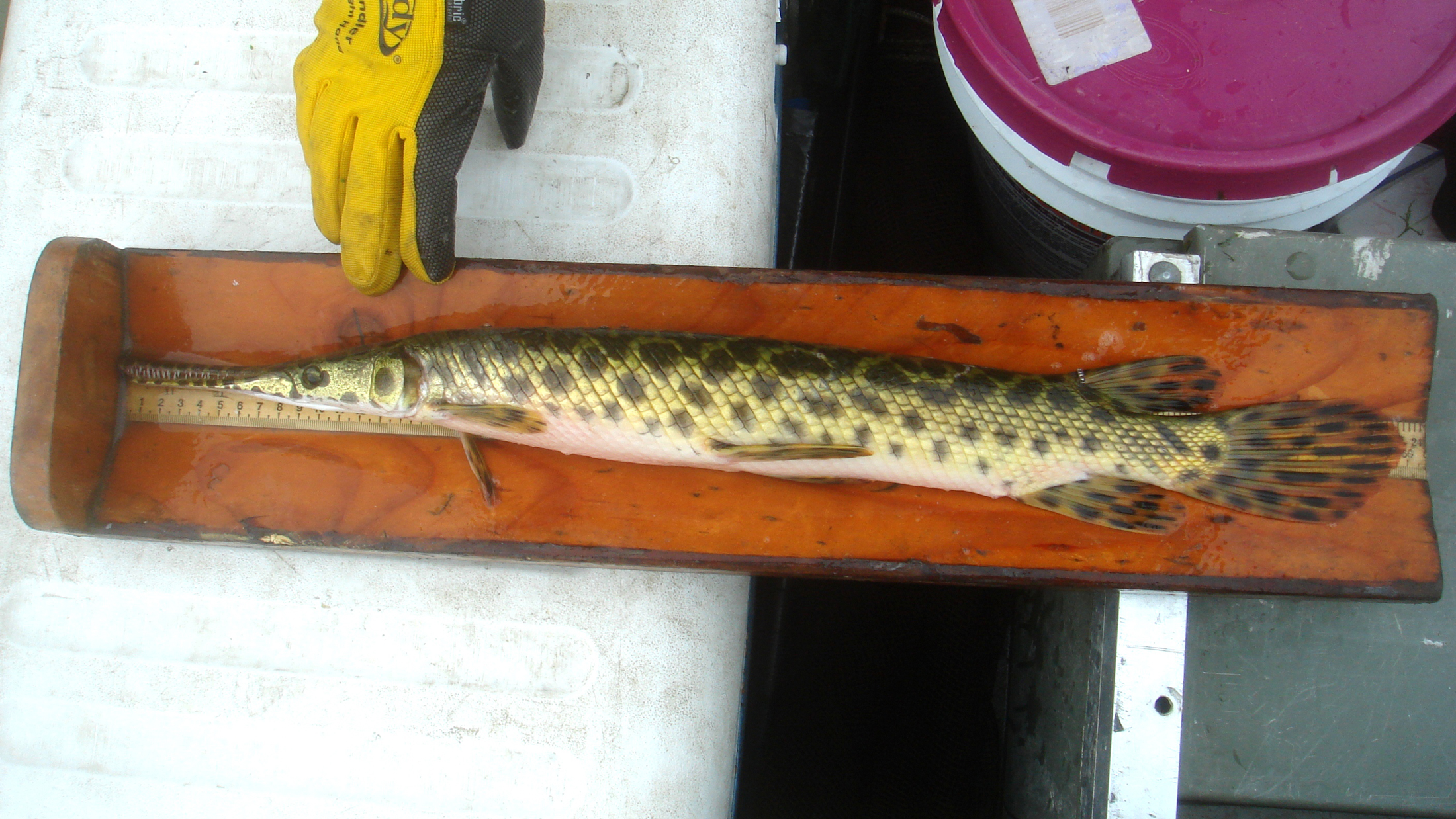
We recently published research showing how peripheral populations of an ancient fish in the Great Lakes basin have adapted to shorter growing seasons by evolving faster growth rates than their southern counterparts (core population, Mississippi River basin). In doing so, we emphasize the importance of conserving populations of species, not just the overall species themselves, as part of protecting biodiversity (David 2012, David et al 2015).
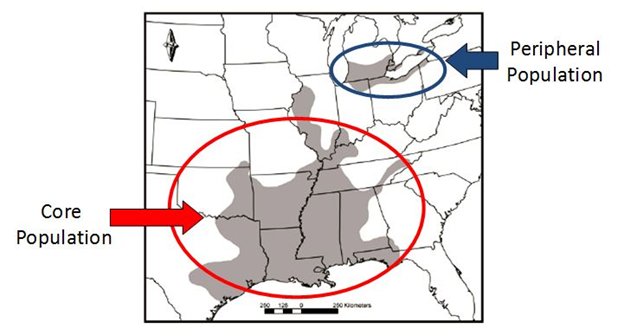
Fish Can’t Fly
Most fishes are “cold-blooded”, or ectothermic, and tend to be more at the mercy of their environments than “warm-blooded” birds and mammals. Freshwater fishes are also more limited in their dispersal abilities; they can’t fly south for the winter. Fishes must therefore adapt to colder, temperate environments in other ways.
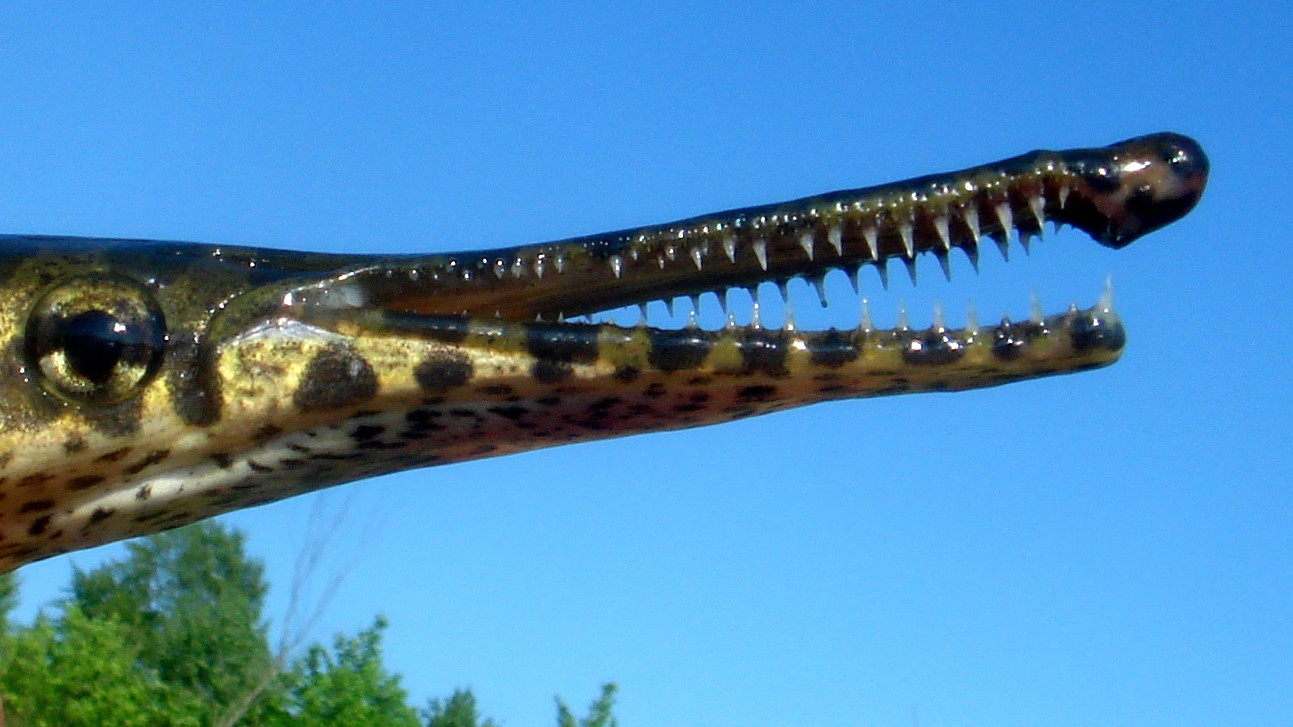
The spotted gar (Lepisosteus oculatus, Family Lepisosteidae) is a member of an ancient lineage predating many dinosaurs. Gars have been around since the Cretaceous Period, and spotted gars haven’t changed much in appearance compared to their ancestors, characterized by an elongate, toothy snout and cylindrical body covered in armor-like ganoid scales. Gars traditionally have a poor reputation among anglers, however, perceptions are slowly changing.
Native to eastern North America from southern Ontario to northern Mexico, spotted gars prefer slow-moving, highly-vegetated waters of lakes, bayous, and river floodplains. Given their broad latitudinal distribution, spotted gars are found in different habitats across their range; usually bayous and river floodplains in the south, compared to inland lakes and vegetated bays (e.g. Lake Erie) in the north. Along with differing habitats in their north to south distribution, these fish also experience drastically different seasonal temperatures, and therefore lengths of growing season.
In some species with similarly broad latitudinal distributions, individuals from high latitudes and low latitudes attain roughly the same size after their first growing season. Sometimes individuals from high-latitude populations are even larger. This seems counterintuitive, since length of growing season gets shorter as we move northward (in the northern hemisphere).
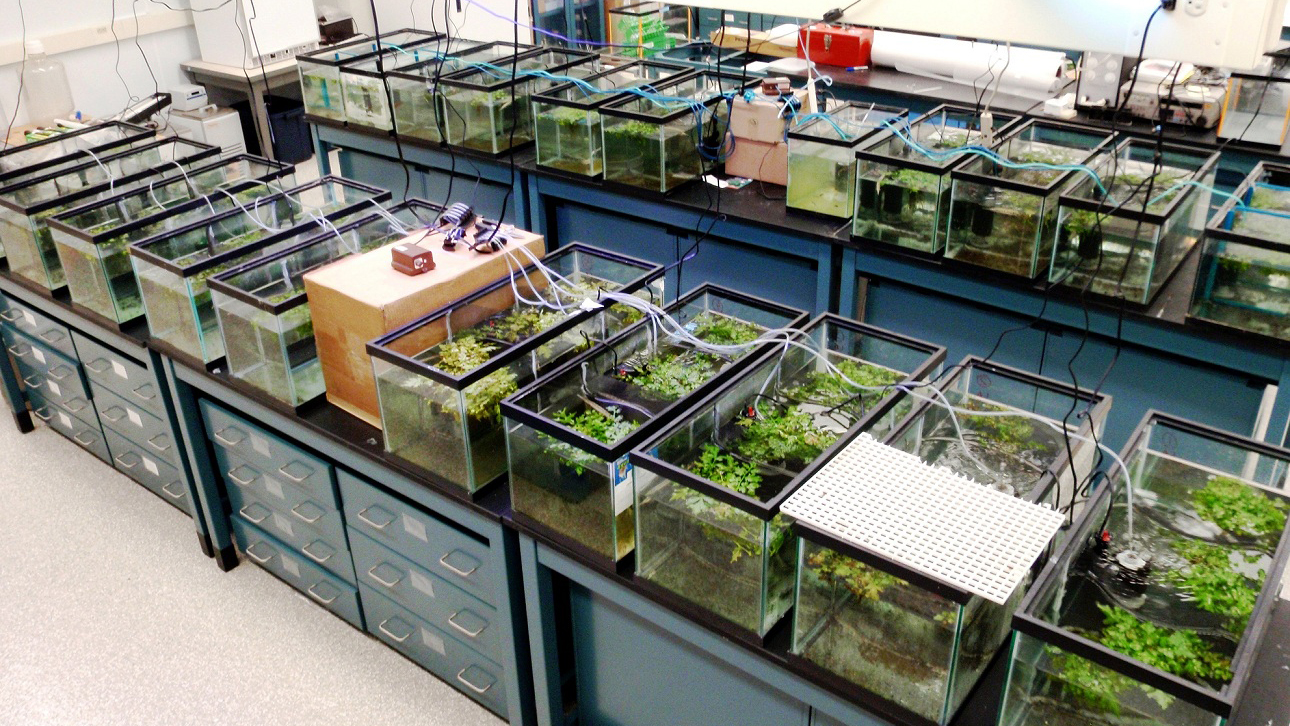
A fish with a shorter growing season should theoretically be smaller than a fish with a longer growing season. Enter a phenomenon called countergradient variation in growth, which occurs when the effects of genetic and environmental influences oppose each other across an environmental gradient (e.g. latitude). Essentially genetics are compensating for the shorter growing season, yielding similar size or even larger individuals from “the north.” Could this type of adaptation occur in a slowly-evolving fish like the spotted gar?
60 Days and Thousands of Minnows
To investigate potential countergradient variation in spotted gars, we used common garden experiments, raising young of the year (YOY) fish from both peripheral (Great Lakes) and core (Mississippi River basin) populations in the same environment for the same period of time, simulating conditions of the first growing season. Individuals were measured weekly; if any differences in growth rate existed, we were going to find them!
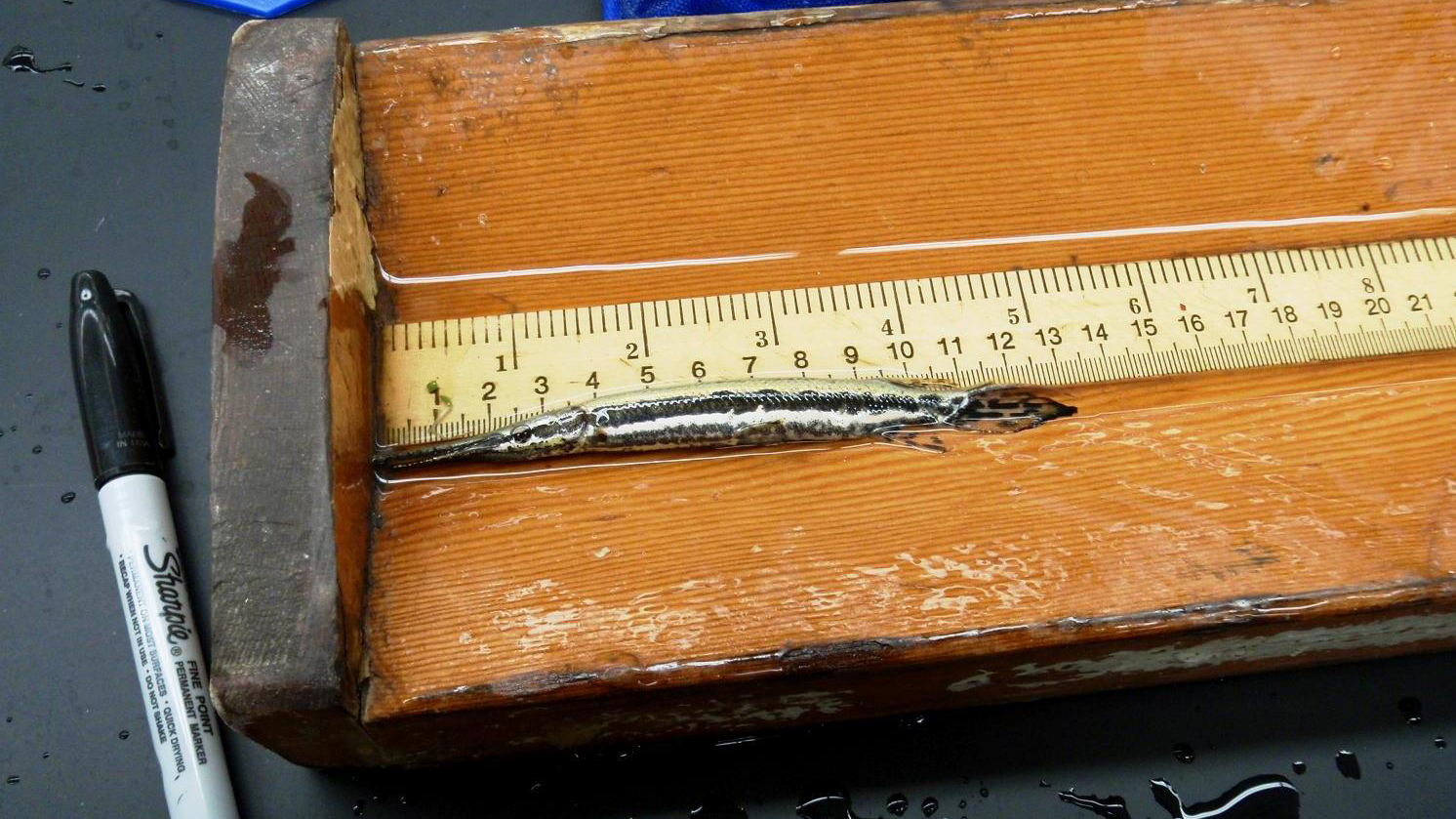
Approximately 60 days and thousands of feeder minnows later, the results were in: peripheral population spotted gars had grown three times larger than their core population counterparts! Also impressive was the fact that peripheral population gars started the experiment somewhat smaller than core population gars; fish from the north not only caught up with, but surpassed the lower-latitude lepisosteids!

Even an Ancient Fish Can Adapt
So what does all of this mean? The results of our experiments provide strong evidence for countergradient variation in growth of spotted gars from peripheral populations, suggesting that even slowly-evolving species can exhibit relatively rapid adaptations to the harsher edges of their range.
More importantly, especially to the gars, evolving a faster growth rate in the north gives young of the year fish a better chance at surviving winter, which is considered the biggest threat in terms of mortality of YOY fish from northern compared to southern latitudes (Hurst 2007). These fish are essentially striking while the iron (throne) is hot, growing as fast as possible during the shorter growing season, acquiring larger size, and storing energy to make it through the cold months.
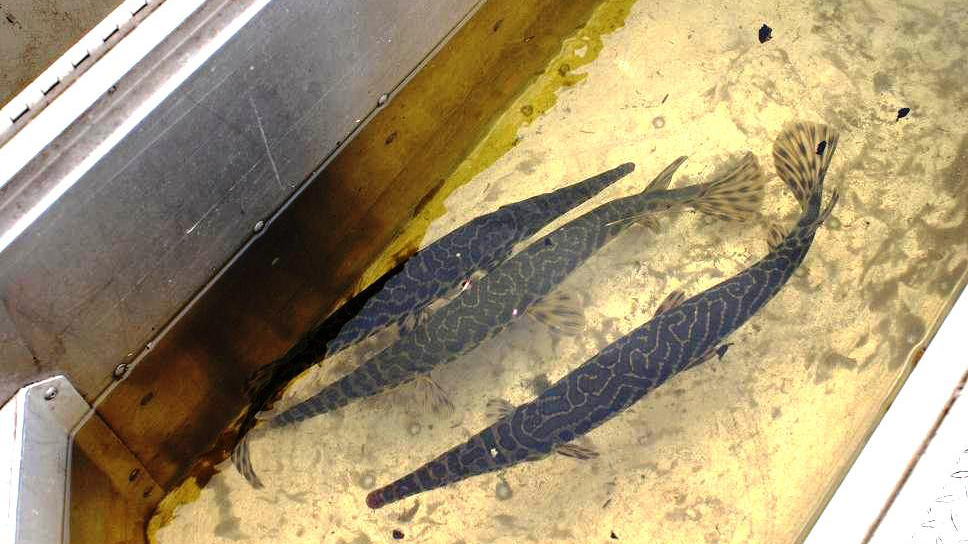
Scientists are finding that more and more species exhibit this pattern of countergradient variation in growth, suggesting the phenomenon may be more widespread than initially thought (Conover et al. 2009).
At the very least, it’s fascinating to consider how many cryptic adaptations are yet to be uncovered. Because peripheral populations may be more susceptible to disturbance (e.g. habitat loss, invasive species), identifying and understanding these unique, but potentially at-risk populations is an important part of conserving natural biodiversity.
With the ongoing threat of climate change looming, we can expect species’ peripheral populations to respond differently; their ranges may expand or contract, making current conservation action even more important.
For now, “Winter Is Coming” but the spotted gar seems well-prepared.
This project was a collaborative effort including University of Michigan, Michigan Department of Natural Resources, NOAA Great Lakes Environmental Research Laboratory, USGS Great Lakes Science Center, and invaluable assistance from fellow “gar head” Richard S. Kik IV!
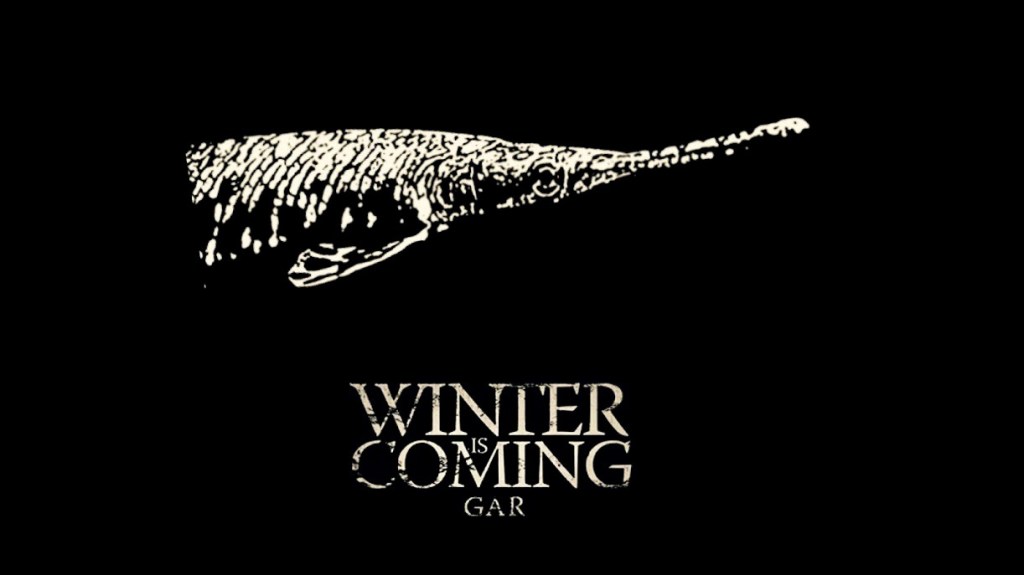



3 times larger would mean, for example, one fish measures 6 inches, the other 18. Perhaps the author means growth rate.
Very informative and the growth rate differential thing related to length of growing season is something I never would’ve guessed.
Why South Texas not included?